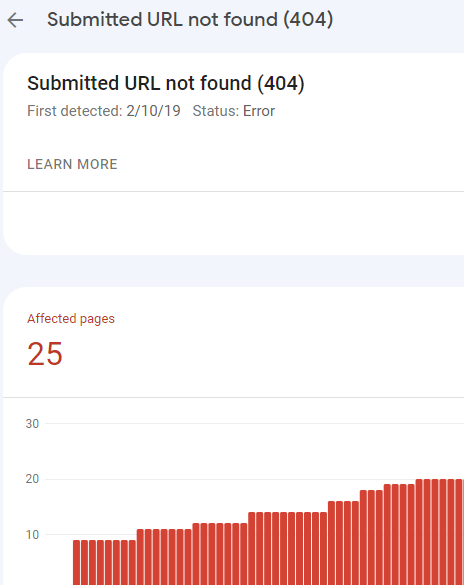In the world of web development and SEO, the roles of 404 errors and soft 404s in website optimization are undeniable. While these issues both bear the infamous “404” label, they possess distinctive traits that every website owner must grasp.
What HTTP Status Codes Mean
When your web browser accesses a webpage, it receives a status code indicating whether the request was successful or the reason for the failure. These status codes, known as HTTP status codes, hold critical information. This article zeroes in on one specific response code – the 404 Page Not Found status.
What a 404 Response Code Means
The 4xx series encompasses status codes indicating that the request failed because the requested page could not be found. Specifically:
4xx (Client Error): This series denotes issues like bad syntax or unfulfillable requests.
However, the 404 response code can be ambiguous regarding whether the webpage will ever return.
Why You See a 404 Page Not Found
- Accidental deletion of a webpage results in a 404 Page Not Found response.
- Linking to a non-existent webpage prompts the server to report the page as not found (404).
Official documentation highlights the uncertainty of whether a page’s absence is temporary or permanent:
“The 404 (Not Found) status code indicates that the origin server did not find a current representation for the target resource or is not willing to disclose that one exists. A 404 status code does not indicate whether this lack of representation is temporary or permanent.“
In summary, a 404 Page Not Found code signifies an error in the browser request due to the unavailability of the requested page.
What Is a Soft 404?
Not officially designated as a status code, a soft 404 error occurs when a server responds with a 200 OK status, indicating success, even when the webpage or content is missing.
Coding Mistakes That Lead to Soft 404s
Sometimes, a page is not missing, but Google categorizes it as such due to specific issues, often coding errors. Soft 404s should be examined because they might signal underlying coding problems.
Common coding issues include:
- Missing files or includes intended to populate a webpage with content.
- Database errors.
- Missing JavaScript.
- Empty search results pages.
Why You Get 404 Errors
- Linking errors directing users to non-existent pages: Fixing broken links is essential to address this issue. Crawl tools can be beneficial, especially for extensive, complex websites.
- Links to pages that once existed but are now missing: In such cases, you can either restore the missing page if the removal was unintentional or redirect it via a 301 redirect to the nearest relevant page if the removal was intentional. Identifying linking errors and orphaned pages is crucial.
Finding 404 Error Pages

Several methods can help you spot 404 errors and soft 404 pages:
- Google Search Console Reports: The Coverage report lists 404 error URLs on a website.
- Google Analytics: Custom reports or content groupings can help identify missing pages.
- Site: Operator Search Command: While not suitable for finding 404 errors, it can be used to search for specific content within your site.
- Website Traffic Error Logs: These logs are valuable for identifying 404 error responses.
- Backlink Research Tools: Tools like Majestic, Ahrefs, Moz Open Site Explorer, and others can help find backlinks pointing to your domain, which may include 404 errors.
Fixing Soft 404 Problems
Crawl tools won’t detect soft 404s as they aren’t official errors. However, you can use crawling tools to identify other issues like thin content and duplicate content. Once identified, you can take the following steps:
- Address thin content by expanding pages or replacing duplicate content with unique content.
- Consolidate pages with related topics to eliminate thin content and duplicate content issues.
Additionally, you should find technical issues that cause duplicate content, such as www vs. non-www URLs, HTTP and HTTPS discrepancies, and tracking parameters.
Understanding the difference between 404 errors and soft 404s is essential for maintaining peak performance on your website. While genuine 404 errors are straightforward, soft 404s can indicate underlying problems requiring diagnosis and correction. Regular monitoring and proactive measures are key to ensuring your website remains error-free and user-friendly.




